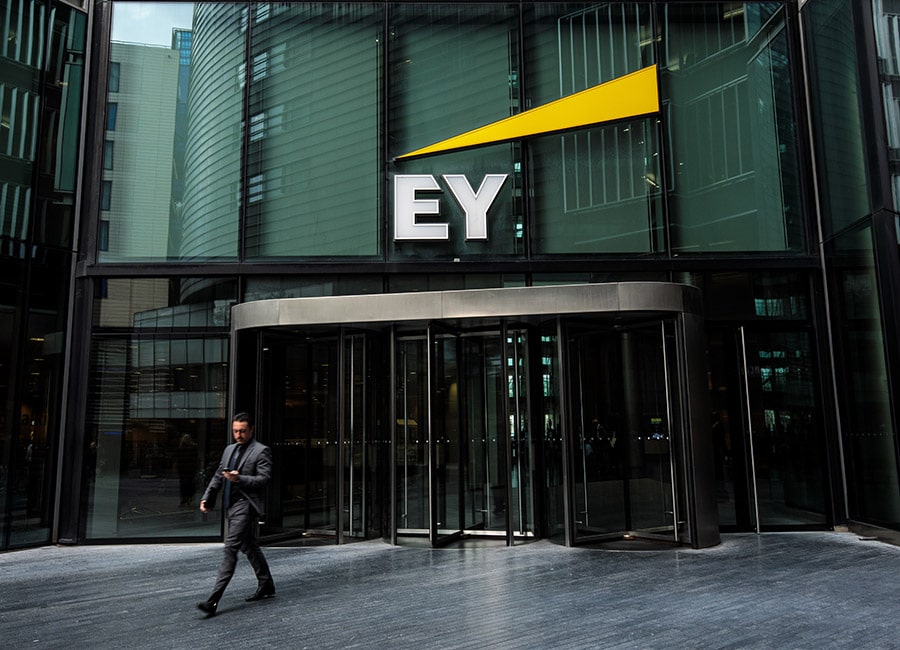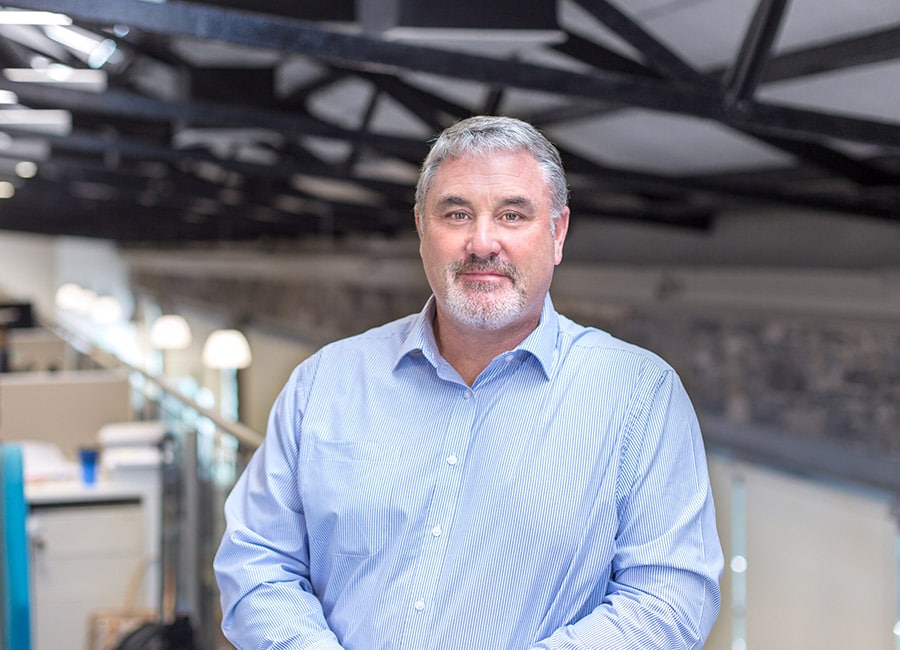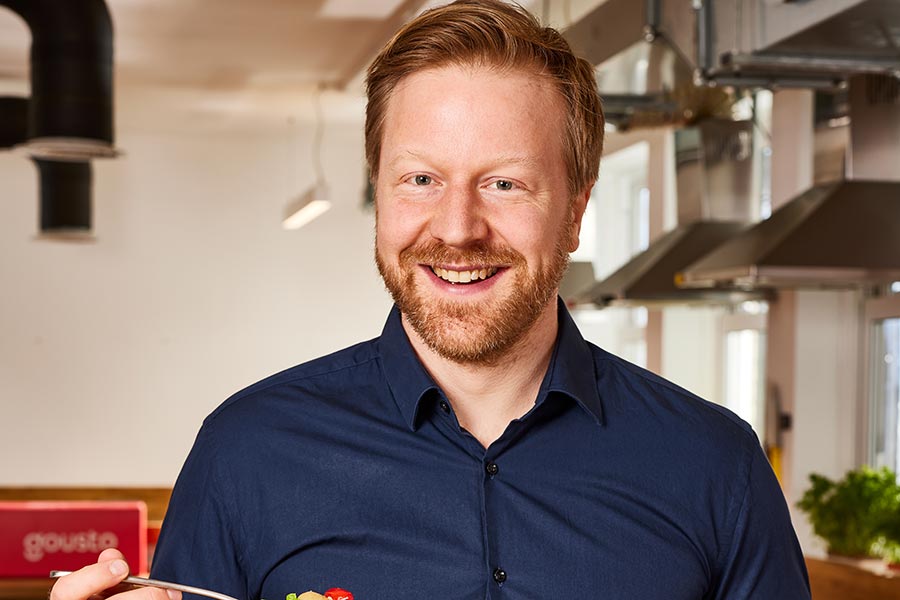EY's Ronan Walsh on what companies should consider when embarking on digital transformation
EY expanded its technology consulting offering last month with the acquisition of Client Solutions, with managing partner Frank O’Keeffe hailing the move as “hugely exciting” and conducive to the professional services giant’s ambitious growth strategy.
Client Solutions brings some 240 staff and €25.5m in annual turnover to EY’s consulting operation, which has already seen growth in recent years, and will particularly benefit from its technology consulting arm, led by Ronan Walsh.
Walsh, EY Ireland’s head of technology consulting, said Client Solutions had “a superb set of creative engineers, data scientists and product specialists” that had “joined together with a very like-minded” team at EY.
“I think it's it's as a really great merger of two technology-focused teams that have the customer at the centre of their worlds,” he added.
In his role at EY, Walsh, who over 20 years as a consultant has worked across government, financial services, manufacturing and life sciences, leads digital transformations for clients, a service for which demand has risen significantly since the outset of Covid-19.
He explained that the role of software in working life became extremely apparent to workers and organisations as they adopted technologies such as Zoom and Microsoft Teams in the first weeks of working remotely, but beyond migrating day-to-day operations to the home, EY clients also had to adopt technology to satisfy clients.
Coming out on the other side of the pandemic, Walsh said there has been “a huge focus” among EY clients on “banking the benefits these firms have enjoyed, and have been driven to implement across the Covid period and build on them as customer expectations settle.”
“It really has driven businesses to aggressively push their digital agendas, both internally and customer facing agendas.”
Walsh and the tech consulting team at EY handle digital transformations for companies across many sectors, from aviation to manufacturing, and at various levels of technological capability, from greenfield companies with little data to firms with pre-existing tech assets.
The tech consulting team is pretty fluid in its make-up, taking members from other divisions of the company where necessary, but it will generally comprise all instances of a data scientists, data/cloud/infrastructure engineers, user and customer experience specialists, and product specialists with expertise in the relevant sector (tax, for instance).
And it will generally take place in sprints lasting a few weeks or a couple of months to produce a minimum viable product, whereas before, under a traditional “waterfall” style of delivery, in which processes and assets were fully designed and built before deployment, it might have taken years.
“We're looking to release business value within a timeframe that pays respect to both the customer and the supplier's time. But the focus is to produce working software, or a valuable insight inside six weeks, eight weeks, 12 weeks,” Walsh said.
The process of digital transformation might sound somewhat vague or opaque, and although it will vary from client to client and industry, it will typically be focused in the areas of customer experience, supply chain, or finance.
Providing an example of a client in manufacturing, Walsh said: “They're actually looking at accelerating or identifying data they already hold within their organisations and then transforming it and accelerating it into the hands of people within the organisation that can make better business decisions or putting it out in front of clients.

“It's as easy as heavy manufacturing, where you will digitally connect your ability to produce and deliver a new part or a new component to a client because the clients own telemetry systems have said that the existing part is wearing out, and that would be an example of a digital journey where in the past you would have operators signing paper forms, talking about a particular part was wearing out or burning out, needing to be replaced.
“Now there are companies and suppliers that are connecting to build that digital transformation journey, so that the products informs a base system, then it informs the supply system and the part will be shipped and installed, all with very little kind of human interaction.”
Moving on to a client that he is currently working with in Sweden, Walsh said they are looking into finance functions, customer engagement channels, leveraging IoT devices, and large-scale, data-capturing manufacturing equipment.
“The difference between the organisations that we work with is where and how they monetise the data they already hold with technology that is able to aggregate it and spin the data in a way that provides a valuable insight to them,” he added.
Clients will either want EY to engineer tech outcomes and also manage the tech platform on an ongoing basis or recognise the intellectual property potential in the product EY has furnished them with and want to secure it for themselves to manage and grow going forward.
The assets are often made up of a number of layers, starting with a cloud-based data aggregator, for example a Microsoft Azure-based cloud with a Microsoft data factor aggregator, and then a custom element to draw insights from that data, followed up with a presentation layer to build on the insights and present it to various people.
“What a client is typically left with is a software asset, a methodology that flows data from multiple sources to an aggregated area, the bespoke element could take a number of forms, it could be custom code that interrogates the data and presents those views,” Walsh continued.
“It could be custom code that interrogates data and takes data from commercial off the shelf products. SAP is a common example, but it could be Oracle, and it could be a number of other products that also are providing data. And in all cases, a lot of decision making depends on what the customers currently have.”
EY will present a working piece of software after that initial spring for the client to operate for a couple of weeks before providing feedback. If it’s not hitting the mark, they will stop development and change focus.
“We are very much technologists that focus on the business outcome that best serves our clients” Walsh, a trained mechanical and aerospace engineer who has been with the company for seven years, said.
The priority for companies embarking on a digital transformation should be why they need to do it, and ultimately it should be about enhancing the decision making capabilities of CFOs, HR managers, supply chain personnel, people in the back office and their customers, according to Walsh.
Working with clients across Europe, Walsh is confident that Irish companies are not lagging behind in tech, and that agri-food, manufacturing and pharmaceutical sectors here are, in fact, leading technological adoption.
Ultimately, the improving level of customer experience for users of technologies such as Netflix, Apple and Google Pay has “raised expectations” and driven demand for improved technology in other sectors, he said.
“Those firms that really want to engage with customers and secure more market share are focusing a lot more of their engineering and their technology enhancing their customer experience.”
Photo: EY Ireland head of technology consulting Ronan Walsh.










